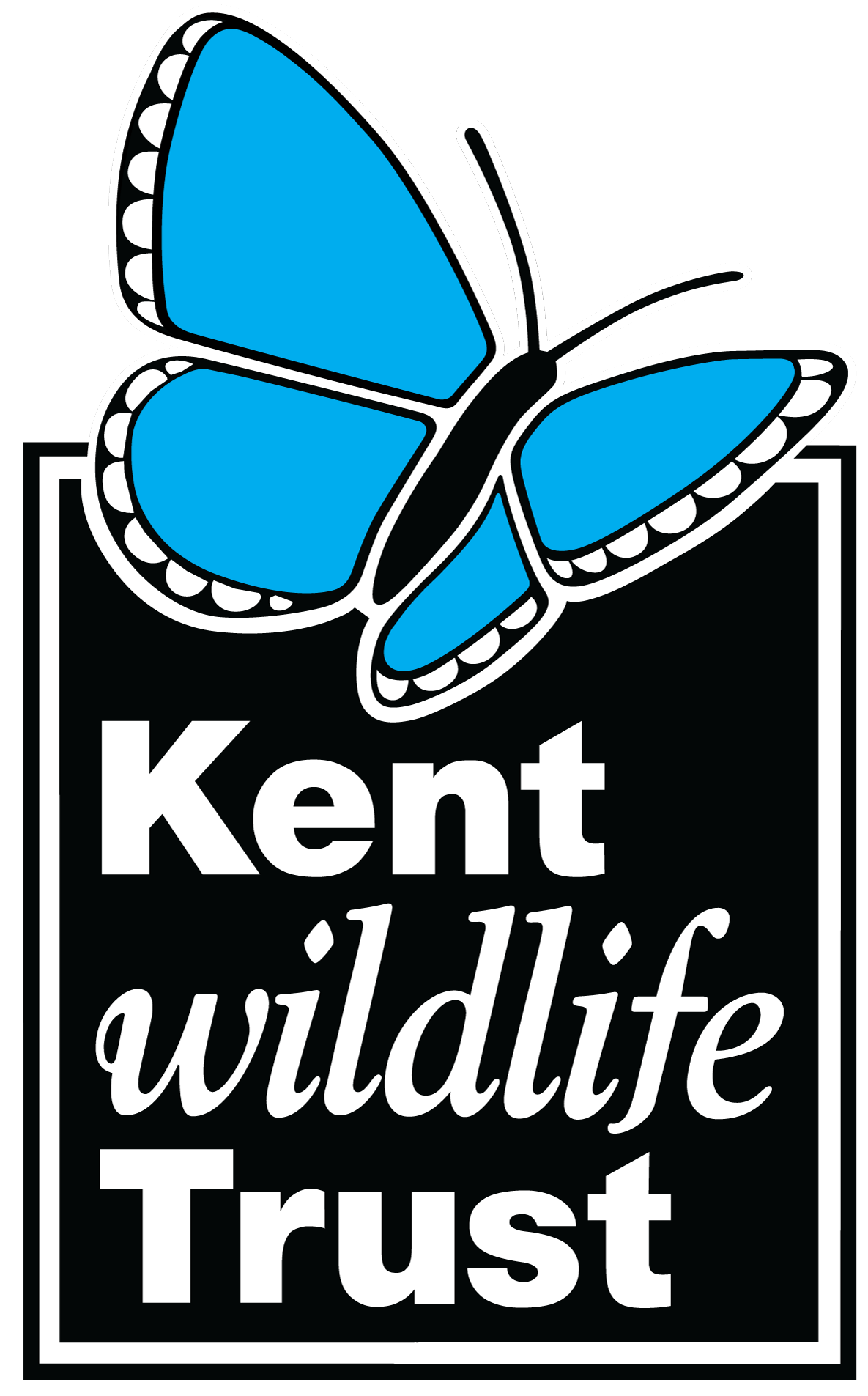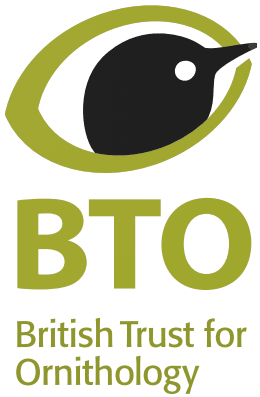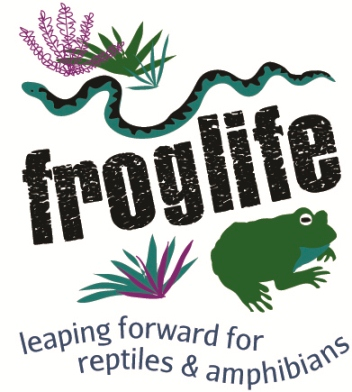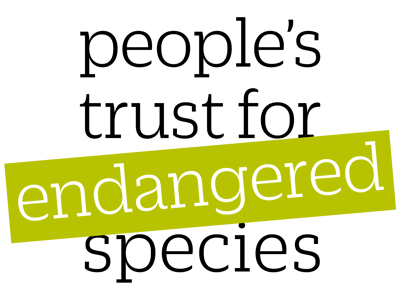Effects of ecological compensation meadows on arthropod diversity in adjacent intensively managed grassland
-
Published source details
Albrecht M., Schmid B. & Obrist M.K. (2010) Effects of ecological compensation meadows on arthropod diversity in adjacent intensively managed grassland. Biological Conservation, 143, 642-649.
Published source details Albrecht M., Schmid B. & Obrist M.K. (2010) Effects of ecological compensation meadows on arthropod diversity in adjacent intensively managed grassland. Biological Conservation, 143, 642-649.
Actions
This study is summarised as evidence for the following.
| Action | Category | |
|---|---|---|
|
Reduce management intensity on permanent grasslands (several interventions at once) Action Link |
|
-
Reduce management intensity on permanent grasslands (several interventions at once)
A paired site comparison in Switzerland in 2003 and 2004 (Albrecht et al. 2010) found that 24 Ecological Compensation Area meadows supported more species of plant and arthropod on average than adjacent intensively managed meadows. Ecological Compensation Area meadows were cut an average of two times during the year after 15 June and not fertilized. They had been managed in this way for at least five years. Intensive meadows were cut on average over four times, usually beginning in early May, and treated with liquid manure. Around 16 plant species and 75 arthropod species per site were recorded in Ecological Compensation Area meadows, compared to around 10 plant species and 60-65 arthropod species in intensively managed meadows. Of the 234 arthropod species for which more than five individuals were recorded, 147 (63%) were more abundant in Ecological Compensation Area meadows than in adjacent intensively managed meadows. Spiders (Araneae) and beetles (Coleoptera) (the two most abundant taxa), and consequently total arthropod counts, were more abundant in intensively managed meadows.
Output references
|
|

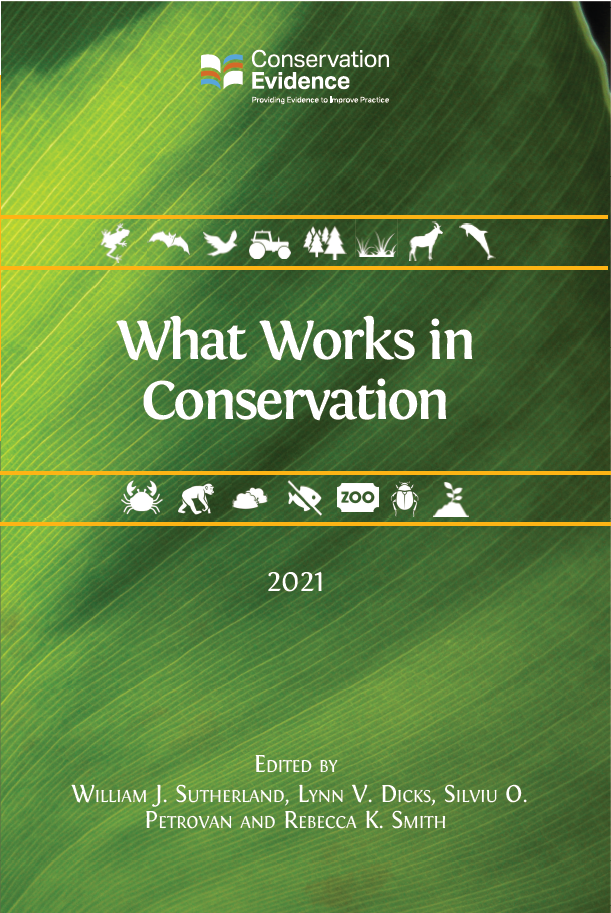
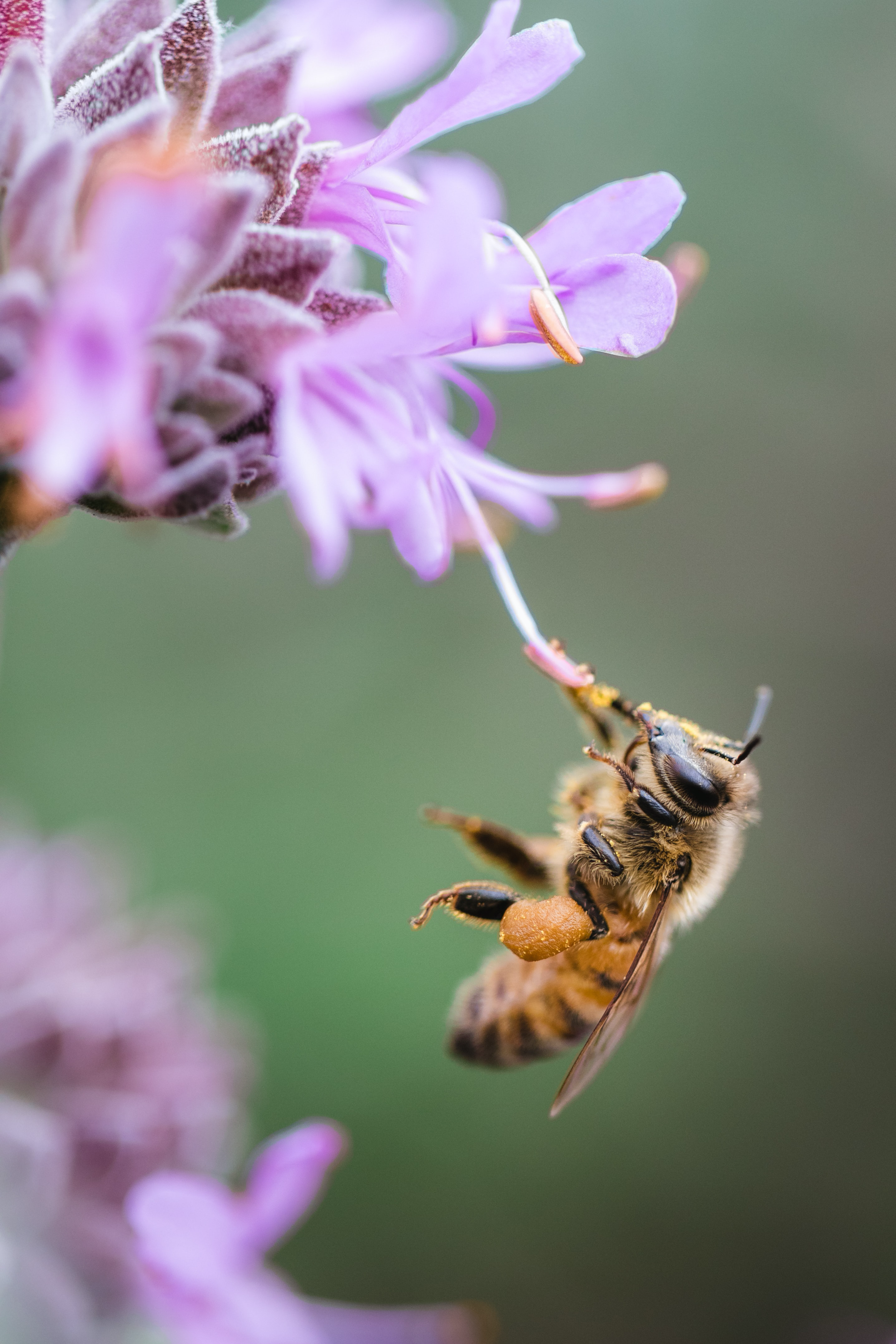


)_2023.JPG)
